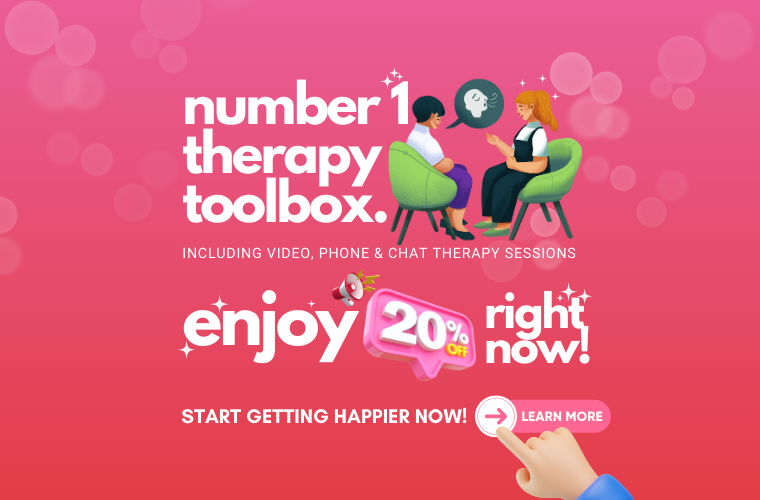Anhedonia, a term not frequently heard outside mental health circles, is one of the key depression symptoms, and also a core symptom of major depressive disorder and other mental health issues. It indicates a struggle to experience joy, a state often misread and overlooked in diagnoses Yet, what precisely does this condition entail, and why does it hold such importance in the realm of mental health?
Anhedonia is a mental health condition characterized by a diminished capacity to experience pleasure in activities that typically elicit joy. This problem take different forms, like physical anhedonia, which weakens body feelings and experiences, and social anhedonia, which reduces happiness in social activities.
By understanding this condition means learning its symptoms, causes, and how to treat it, guiding people towards recovery and improved health.
Anhedonia generally splits into two main categories:
Types of Anhedonia
- Physical Anhedonia: This kind centers on the struggle to find joy in bodily sensations, things like the taste of food, the feel of touch, or the intimacy of sexual activities.
- Social Anhedonia: This subtype shows as not being interested or pleased in social interactions, which often leads to pulling away from social activities and relationships.

Symptoms of Anhedonia
People with anhedonia often experience symptoms like a pervasive sense of indifference or lack of enjoyment in activities they once found pleasurable. This might involve:
- A marked disinterest in hobbies or spending time with loved ones.
- Withdrawal from social situations because of a lack of pleasure or interest.
- Difficulty feeling emotional connections or empathy.
- A general sense of numbness or emotional flatness.
Underlying Causes and Related Conditions
While major depressive disorder commonly includes anhedonia as a key symptom, other mental health disorders also often involve it, such as:
- Post Traumatic Stress Disorder (PTSD)
- Bipolar Disorder
- Schizophrenia
- Parkinson’s Disease
Experts think anhedonia ties back to issues in the brain’s reward mechanism, especially in parts like the prefrontal cortex. Also, experts suspect that imbalances in brain chemicals, especially a decrease in dopamine levels, may contribute to it.
Treatment Options
Addressing the issue involves a varied approach. Treatment options may include:
- Talk Therapy: Engaging in cognitive-behavioral therapy (CBT) can be effective. Therapists can help individuals identify negative thought patterns and develop coping strategies.
- Medication: Selective serotonin reuptake inhibitors (SSRIs) and other antidepressants can help balance neurotransmitters in the brain.
- Lifestyle Changes: Adding exercise, healthy eating, and spending time in nature can positively influence mood and overall well-being.
- Social Engagement: Gradually engaging in social activities can help combat social anhedonia. Starting with small, manageable social interactions can pave the way for more significant involvement.
The Role of Mental Health Professionals
Consulting with a mental health professional is crucial in effectively managing anhedonia. They can provide a comprehensive assessment, rule out other conditions, and devise a personalized treatment plan.
Anhedonia and Social Anxiety
To differentiate anhedonia from social anxiety. Social anxiety is being scared in social situations, while social anhedonia means not enjoying or liking social activities.
Advancements in Anhedonia Research
Research is making progress in understanding and treating anhedonia. Researchers are actively studying methods such as transcranial magnetic stimulation (TMS) and personalized medicine to develop treatments tailored to each person’s brain chemistry.
Conclusion
Anhedonia is more than just a sign; it’s a complicated condition that greatly affects how a person lives. Understanding its nuances, seeking appropriate help, and exploring various treatment options are essential for recovery. Mental health is a journey; recognizing conditions like anhedonia is vital in supporting those navigating this challenging path.
Note: This post is for informational purposes only and should not substitute for professional medical advice. If you or someone you know is struggling with symptoms of anhedonia, please consult a mental health professional.
A Word from IDR Focus Team
Hey there,
If you are facing challenges with anhedonia, understand that you are not alone in this experience. Experiencing a demanding journey, where you perceive a loss of vibrancy in activities once cherished, can be discouraging. However, it is important to recognize that such feelings are natural and seeking assistance is highly advisable.
We’ve talked a bit about what anhedonia is, the different forms it can take, and some ways to tackle it. If you’re not feeling as happy as before, even with friends or favorite foods, it’s important to know these are just symptoms of a condition and not who you are.
Brighter days await on your path forward. Every small step is important, like going to therapy, thinking about medication, or slowly starting to do activities you used to like. Also, if you’re interested, our Anhedonia Test can help you understand your experiences better.
You possess strength, and you are capable of managing this. Remember, it’s not about sprinting to the finish line; mental health is a journey, and taking it one step at a time is fine. If you ever feel the need to seek assistance, please do not hesitate to do so. You’ve got a community here that understands and supports you.
Take care and practice kindness towards yourself.


